How do you explain to stakeholders that disruptive construction work in city centres is not only necessary, but essential, for the energy transition and a sustainable future? Michel Feller, Stakeholder Engagement Manager for The Hague at Stedin, faces this challenge every day.
“We had to fix a defect in the medium-voltage network on the President Kennedylaan,” he recalls. “That is a road with around 35,000 vehicle movements a day.”
It is precisely these challenges that give Michel energy. “You are constantly balancing the interests of local residents, public needs, and Stedin’s responsibilities, and that’s exactly what makes this job so rewarding,” he says with a smile. So how does Michel keep The Hague moving forward in the energy transition while limiting disruption for residents and businesses? And how does SitePodium support his work? This is his story.
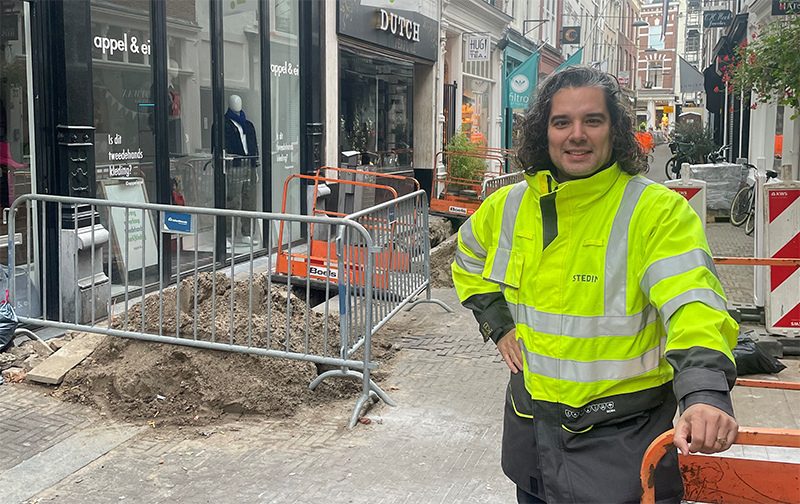
A background in engineering
Michel’s technical background gives him a unique edge in his stakeholder engagement role. After completing two engineering degrees and a qualification in Technical Business Administration at KLM, he discovered a passion for community engagement while working as a team leader in the telecom sector.
By the time he joined Stedin as a project coordinator, he had already gained essential skills, such as securing permits, drafting traffic plans, and conducting communication surveys. Since 2022, he has proudly worn the title of Community Engagement Manager.
“It is a fantastic role. I am the spider in the web,” Michel explains. Each day, he tackles the complex issues around the energy transition in The Hague, ranging from urban planning and site layout to communication strategies. “The goal is social acceptance,” he says, “and that is why I put on my yellow Stedin jacket every morning.”
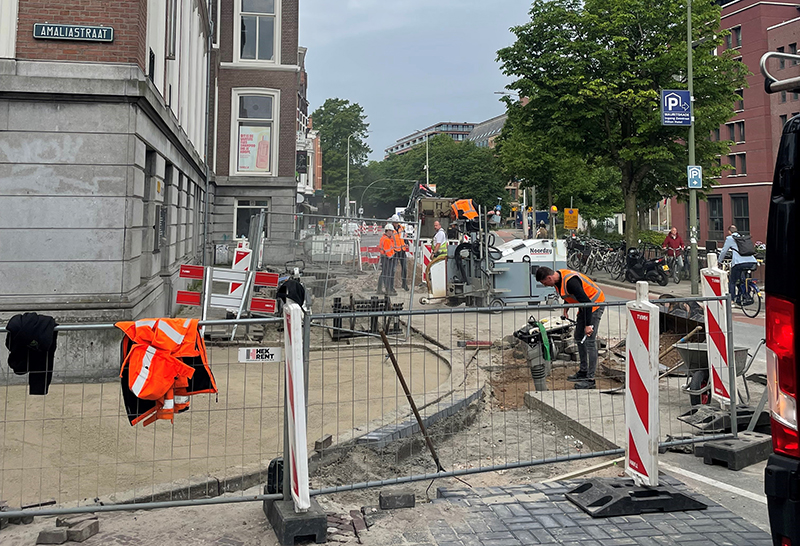
Stedin projects in the Hague
As a Dutch network operator, Stedin ensures that energy providers can reliably deliver electricity and gas. However, the ongoing energy transition, marked by increased electricity demand, declining gas usage, and the rise of renewables, is putting pressure on the network’s resilience.
To meet these demands, Stedin is expanding and upgrading the grid. This includes installing new main and distribution stations and performing critical maintenance, Michel’s area of expertise.
He is currently involved in two programmes. The first supports the energy transition, and they tackle one neighbourhood of The Hague at the time. “We assess the state of the existing infrastructure, factor in local developments, and tailor our designs accordingly. Is there a district heating plan? What is the local energy consumption? Are solar panels feeding electricity back into the grid?” These are just some of the questions to take into consideration.
The second programme involves replacing all grey cast iron gas pipes with safer plastic alternatives by 2030 as these older gas pipes will become hazardous in the long run.
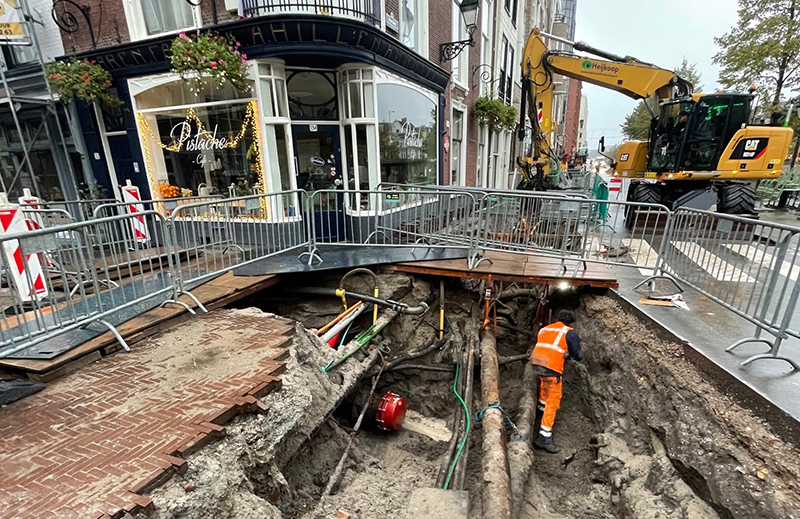
Communicating in an urban landscape
In a historic and bustling city like The Hague, effective communication is critical, and far from simple. It also does not guarantee you a lot of followers on SitePodium. To get people to join can be a challenge, especially in locations like Het Spui, where the stakeholders consist mainly of passing tourists and businesses.
On top of that, Michel navigates seasonal and sector-specific challenges. “The low season for café terraces overlaps with the peak heating season,” he notes. Resistance from residents is common, but Michel meets it with empathy and transparency. “People want to be heard,” he says. “So, say what you do, and do what you say.”
He lives by the ANNA principle: Altijd Nagaan, Nooit Aannemen (lit: Always Check, Never Assume). It helps uncover the real interests behind opinions and avoids miscommunication.
Flexibility is also essential. On the President Kennedylaan, Stedin deployed 45 technicians and 15 traffic controllers on a Saturday to complete work between 9:00 a.m. and 6:00 p.m. “Even then, the road saw 30,000 vehicle movements, but we had it reopened by the end of the day,” Michel says proudly.
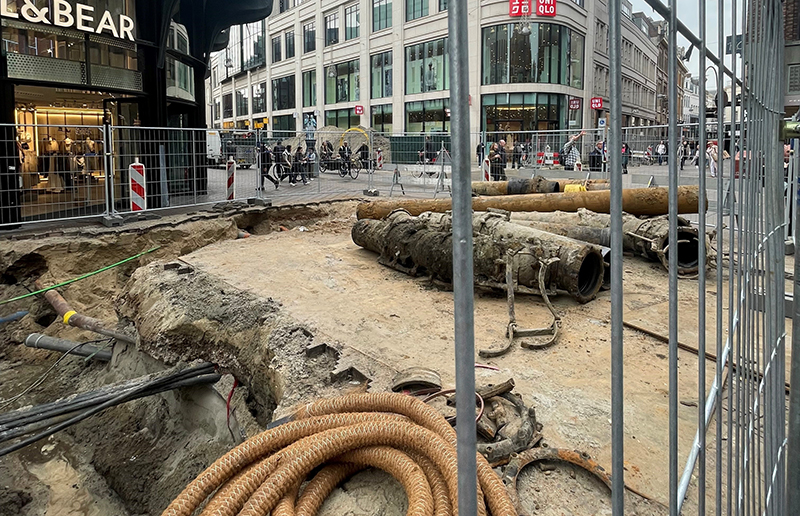
Michel and SitePodium
SitePodium plays a crucial role in Michel’s stakeholder strategy. “A letter just takes too long,” he says. “SitePodium is immediate, and it gives residents a voice. They can flag issues right away, like when they notice a blown-over barrier around our site.”
Michel ensures visibility by printing the QR code on banners, flyers, and letters. “Letters get thrown out quickly,” he notes. “We have had the most success with flyers, especially when we printed a colouring page on the back around the holidays. A letter is necessary, but a flyer gets us more downloads.”
He and his colleagues (other stakeholder engagement managers or the contractor) post weekly updates on the app, complete with photos, milestones, interviews with technicians, and even how-to explanations, like how a suction excavator works. He believes that they should do that at least once every week.
He uses SitePodium to make the invisible visible. Pictures, summaries, and comparisons show that there is progress. “Resistance happens when people are left in the dark”, Michel explains. He uses SitePodium to communicate timely, to take away frustration and irritation, and this to keep resistance low.
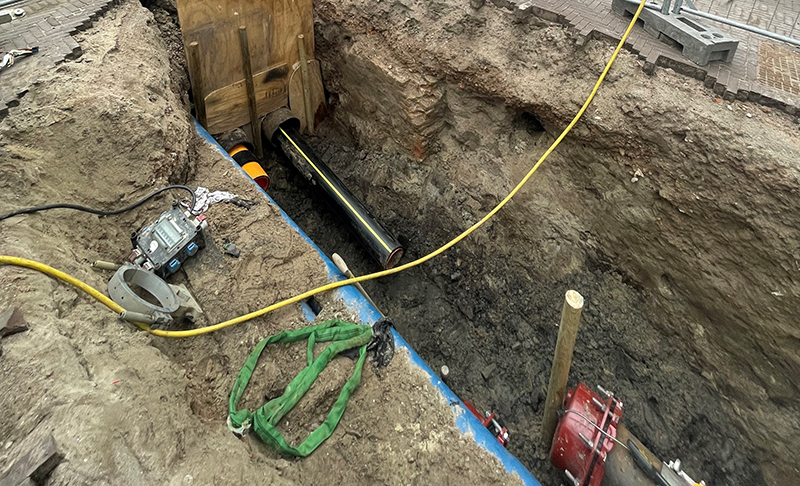
Stakeholder engagement during the energy transition: the future
Michel is not planning on leaving the field any time soon. “Stakeholder engagement is such a dynamic job, and you always return to a location later.” he says. That is why, after each project, he holds a stakeholder meeting to reflect. “If you did not get it right last time, you will be 4–0 behind on the next one.”
In terms of the future, Michel believes that stakeholder management, participation, and sustainability will become even more important. According to him, SitePodium is and will be key. “It would help if SitePodium makes the infrastructure underground visible with augmented reality, or to learn how things are done in other parts of the country and abroad”, he suggests. This is worthy advice to get stuck into.
